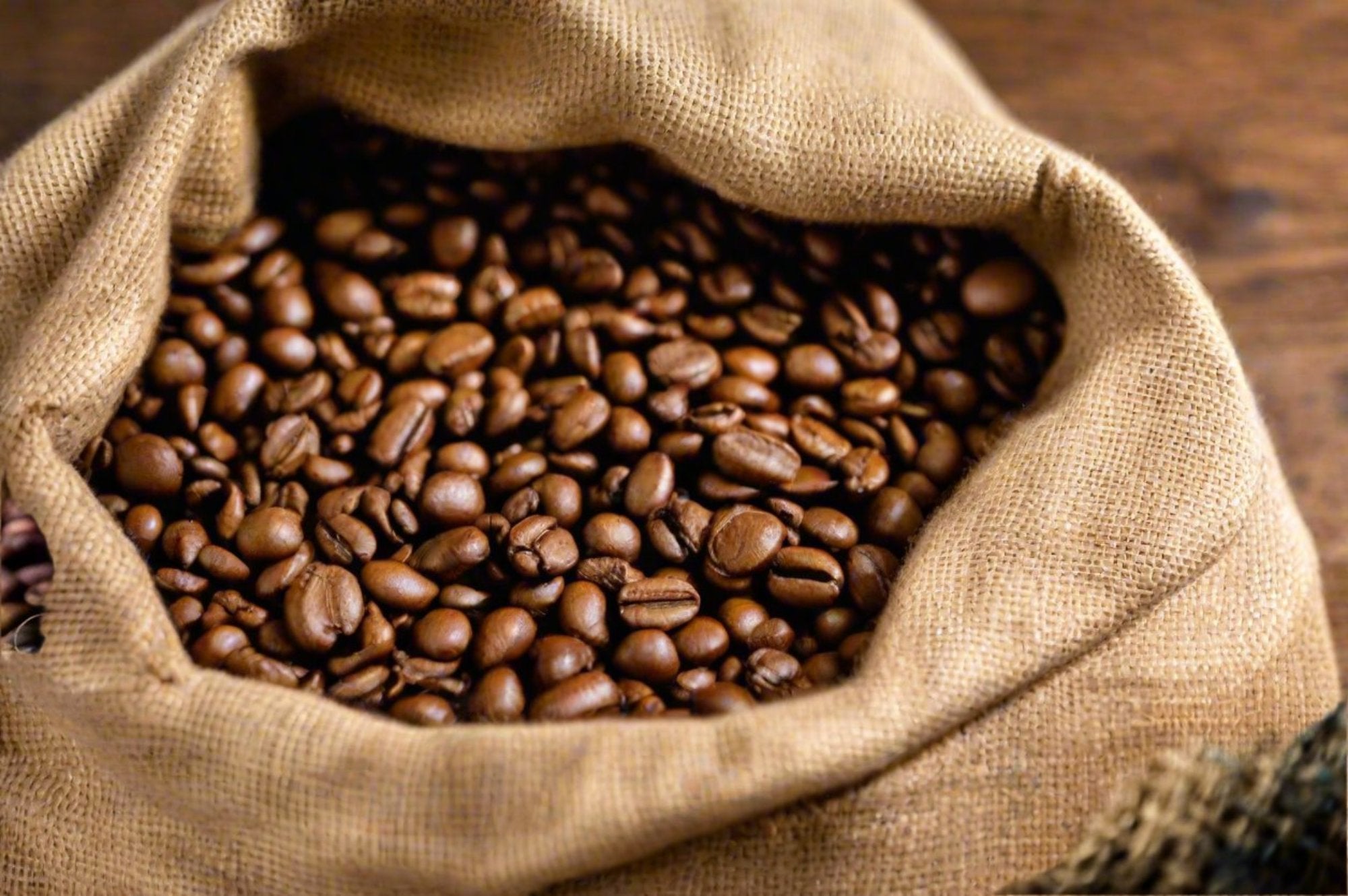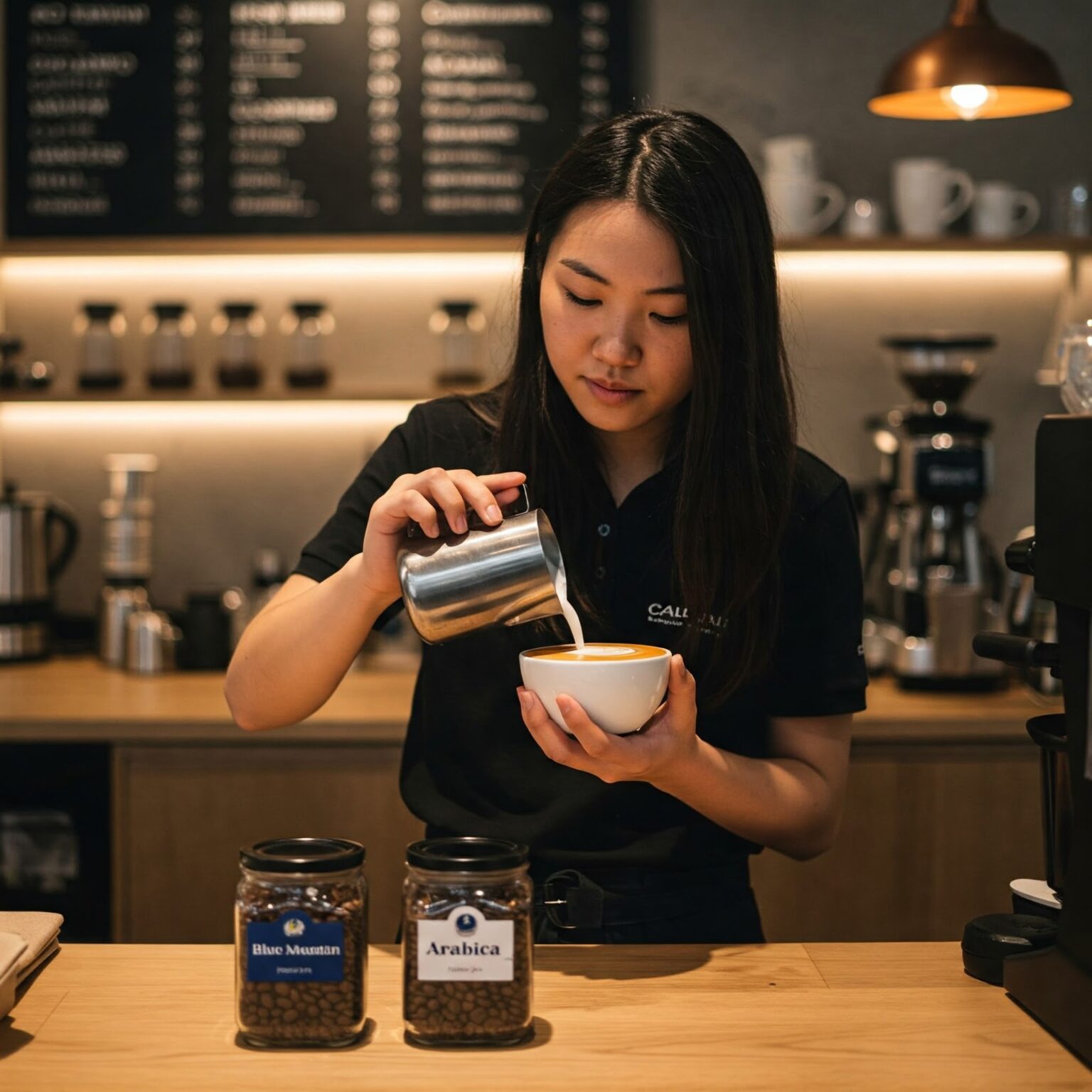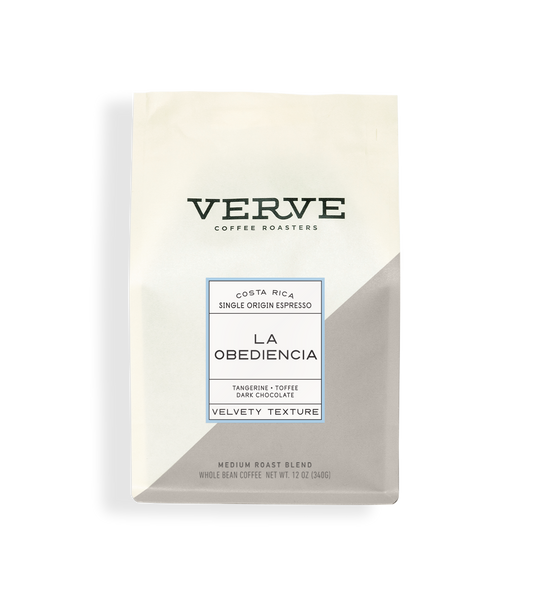Exploring the Rich Tastes of Coffee Beans: a Deep Study Coffee and Blended Coffee Beans
When you explore the abundant tastes of coffee beans, you discover a complex world where each variety brings its very own personality to your mug. As you browse with the art of coffee and the creative thinking behind combined coffees, you'll begin to appreciate the subtleties that make each sip one-of-a-kind.
The Beginnings of Coffee Beans: Exploring Terroir and Flavor Profiles
When you take a sip of coffee, you're not simply taking pleasure in a drink; you're experiencing an abundant tapestry of flavors formed by the beans' origins. Each region generates special flavor profiles influenced by climate, soil, and altitude. Beans from Ethiopia frequently burst with intense, fruity notes, while those from Colombia have a tendency to supply a well balanced, nutty sweet taste.
As you explore various origins, you'll observe how terroir-- the ecological factors influencing a plant-- plays a crucial function - Single Origin Espresso. The exact same coffee selection can taste significantly different depending upon where it's expanded
When you consider these variables, you start to appreciate the intricacy behind your mug. Each sip tells a tale of the land and the farmers who nurtured the beans. So, next time you delight, think of the trip your coffee took prior to it reached your hands, and relish those elaborate flavors that reflect its beginning.
Comprehending Espresso: The Art and Science Behind the Mixture
When you think concerning coffee, it's not almost the strong taste; it's likewise regarding the techniques that bring it to life. Understanding exactly how various prep work techniques influence taste can transform your brewing experience. Let's discover the details of espresso preparation and discover the unique flavor profiles that make each mug unique.
Espresso Preparation Techniques
Espresso preparation is both an art and a science, integrating precise strategies with a deep understanding of coffee. To start, you'll wish to choose top quality, fresh baked beans and grind them carefully for suitable removal (Single Origin Espresso). The work dimension is vital; also rugged, and your coffee will certainly be weak, too fine, and it'll be bitter
Next, tamp the grounds uniformly in the portafilter to ensure uniform extraction. When you lock it into the maker, go for a brewing temperature in between 190 ° F and 205 °
F.As you pull the shot, watch for the ideal extraction time-- around 25-30 secs. The result needs to be a rich, luscious coffee with a beautiful layer of crema on the top. With practice, you'll grasp these methods.
Flavor Profiles Clarified
The globe of espresso supplies a rich tapestry of taste accounts that can boost your coffee experience. Light roasts usually showcase intense acidity and dynamic tastes, while dark roasts present much deeper, bolder tones.
Understanding these accounts assists you select the right coffee for your taste buds. Explore different blends can expose unusual combinations. A well-crafted mix could harmonize the bright notes of an Ethiopian bean with the rich, chocolatey touches of a Brazilian bean. Welcome the trip of uncovering espresso's varied flavors, and you'll change your coffee routine right into an exciting adventure.
Processing Approaches: Just How They Influence Flavor and Fragrance
While it might appear that the origin of coffee beans is one of the most considerable aspect in establishing their taste and scent, the processing methods made use of post-harvest play an equally vital function. You'll locate that these approaches can substantially alter the final taste account of your cup.
As an example, the washed procedure removes the fruit from the beans before fermentation, typically resulting in a cleaner, brighter taste. The natural process leaves the fruit undamaged throughout drying out, resulting in a sweeter, fruitier account.
Other techniques, like honey handling, strike an equilibrium, permitting some fruit mucilage to stay, supplying an one-of-a-kind complexity.
Each processing strategy interacts with the beans' intrinsic characteristics, enhancing or muting particular flavors and aromas. So, when you drink that espresso or combined coffee, bear in mind that the journey from cherry to cup is influenced not just by beginning however additionally by exactly how those beans were processed.
Roasting Strategies: Opening the Full Potential of Coffee Beans
Roasting strategies are crucial for disclosing the full capacity of coffee beans, as they transform raw, environment-friendly beans right into the fragrant, flavorful coffee you delight in. The choice of toasting approach-- light, tool, or dark-- dramatically affects taste accounts. Light roasts preserve the beans' all-natural acidity and fruity notes, while tool roasts balance sweetness and richness. Dark roasts, on the other hand, stress strong, smoky tastes.
You can experiment with roasting times and temperature levels to discover your ideal brew. A slower roast at lower temperature levels permits complicated flavors to establish, while a quicker roast can heighten resentment. Pay interest to the fractures during roasting; the initial split indicates a light roast, while the second split signals a dark roast. By understanding these methods, you'll reveal a world of taste, raising your coffee experience to new elevations. Take pleasure in every sip, understanding the care that entered into your mug!
The Magic of Blended Coffee: Creating Unique Taste Experiences
Producing a distinct flavor experience with combined coffee can transform your early morning ritual right into an exploration of preference. By integrating different beans from different areas, you can expose a harmony of flavors that boost your cup to new elevations. Each blend deals a distinct account, balancing body, sweet taste, and level of acidity to produce something absolutely special.
When you choose a mix, you're not just choosing a coffee; you're selecting a journey throughout diverse landscapes and cultures. Try out different mixes permits you to discover your personal faves, whether you delight in fruity notes or abundant, chocolatey undertones.

Tasting Notes: Acknowledging the Subtleties in Your Cup
As you sip your coffee, you may observe a range of flavors dancing on your palate, each exposing the intricacies of the beans. You may taste the intense level of acidity reminiscent of citrus or the deep, rich notes similar to dark delicious chocolate. The sweet taste could evoke honey or caramel, balancing the general profile wonderfully.
Take notice of SOE the body of the coffee-- does it really feel light and ventilated, or is it complete and luscious? The finish, too, provides clues; a sticking around aftertaste might hint at nuttiness or floral undertones.

Don't forget to explore the unique characteristics of various beginnings, as each region passes on unique flavors - Single Origin Espresso. For instance, Ethiopian coffees often existing fruity notes, while Colombian beans could display a more rounded sweet taste. By identifying these subtleties, you'll strengthen your appreciation for each and every mug, boosting your coffee experience to brand-new heights

Developing Techniques: Making The Most Of Flavor Removal for each Bean
When you discover the different brewing approaches, you'll find that each technique can significantly influence the flavor account of your coffee. From French press to pour-over, each technique extracts various compounds, boosting or silencing details notes. As an example, using a French press permits oils to stay in the brew, developing a richer taste, while pour-over stresses clearness and brightness.
Temperature and grind dimension likewise play crucial roles. A coarser grind functions best for cool brews, while a great grind is suitable for espresso. Explore water temperature-- between 195 ° F and 205 ° F-- can reveal concealed flavors, too.
Do not forget steeping time; a fast extraction can result in sour notes, while over-extraction may yield bitterness. By readjusting these variables, you can make best use of taste extraction and really elevate your coffee experience. Take pleasure in the journey of discovering what technique best matches your palate!
Regularly Asked Inquiries
What Is the Suitable Water Temperature for Brewing Coffee?
The ideal water temperature for brewing coffee's in between 195 ° F and 205 ° F. If you use water that's as well hot, you'll over-extract flavors; also chilly, and you will not remove enough. Purpose for that wonderful area for the very best brew!
Just How Does Work Size Impact Coffee Flavor?
Work dimension considerably impacts coffee taste. Better grinds essence much more oils and flavors, leading to a bolder preference, while coarser grinds return a lighter taste. Adjusting work dimension helps you accomplish your desired coffee profile.
Are There Health And Wellness Conveniences Surrounding Alcohol Consumption Coffee?

What Is the Distinction Between Arabica and Robusta Beans?
Arabica beans are smoother and sweeter, typically including fruity flavors, while robusta beans are more powerful with a bitter taste and higher caffeine content. You'll notice these differences in scent and developing experience.
Exactly How Can I Shop Coffee Beans for Freshness?
To store coffee beans for freshness, maintain them in an airtight container, away from light, warmth, and moisture. If you only grind what you need right before developing., you'll maintain their taste much longer.
Exploring the Rich Tastes of Coffee Beans: a Deep Dive Into Coffee and Blended Coffee Beans.
When you explore the abundant tastes of coffee beans, you uncover an intricate globe where each variety brings its very own personality to your mug.When you take a sip of coffee, you're not simply taking pleasure in a beverage; you're experiencing a rich tapestry of flavors formed by the beans' origins.Roasting techniques are crucial for revealing the complete capacity of coffee beans, as they change raw, green beans right into the fragrant, tasty coffee you enjoy.As you drink your coffee, you might observe a spectrum of tastes dancing on your palate, each exposing the intricacies of the beans.